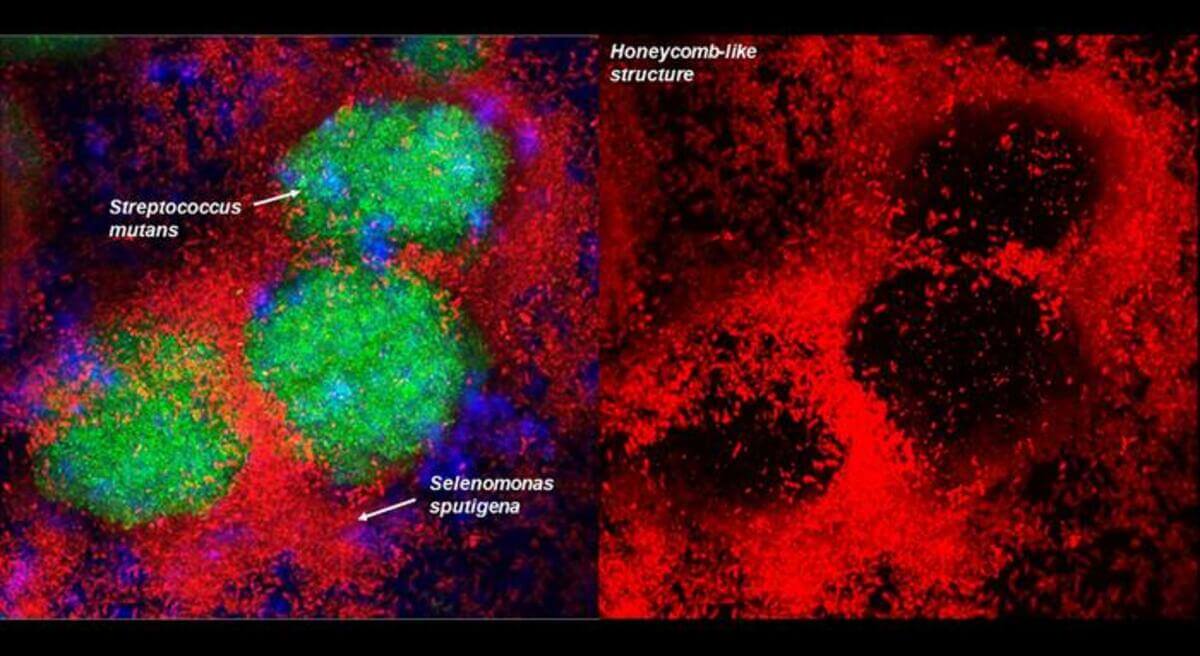PHILADELPHIA — Move over Streptococcus mutans, there’s a new bacteria scientists say may be contributing to tooth decay. Cavities are typically associated with Streptococcus mutans bacteria, but a new study has uncovered a new player in the game: Selenomonas sputigena. This unexpected finding highlights the complex nature of dental decay and opens doors to potential new cavity prevention strategies.
Traditionally, scientists have believed that the root cause of tooth decay is S. mutans, which forms plaque and produces acid. However, the collaborative study between researchers at the University of Pennsylvania School of Dental Medicine and the Adams School of Dentistry and Gillings School of Global Public Health at the University of North Carolina, reveals that Selenomonas sputigena, previously associated with gum disease, can significantly enhance the cavity-causing power of S. mutans. This unexpected partnership between the two bacterial species highlights the need for a more comprehensive understanding of the development of tooth decay and potential targets for cavity prevention.

(Courtesy: Hyun (Michel) Koo)
To investigate the role of S. sputigena, the researchers analyzed plaque samples from over 400 children between the ages of three and five. They discovered that while S. sputigena alone does not cause tooth decay, it has a unique ability to collaborate with S. mutans, exacerbating the decaying process. The team found that S. sputigena becomes trapped by the sticky structures produced by S. mutans, leading to the rapid growth of S. sputigena and the formation of protective “superstructures” that shields S. mutans. This partnership intensifies acid production and worsens the severity of cavities.
The findings shed light on the intricate microbial interactions within the oral environment and challenge previous notions of the causes of tooth decay. Dr. Hyun (Michel) Koo, one of the study’s senior authors, suggests that disrupting the S. sputigena superstructures or improving tooth brushing techniques could be potential approaches for cavity prevention.
“This phenomenon in which a bacterium from one type of environment moves into a new environment and interacts with the bacteria living there, building these remarkable superstructures, should be of broad interest to microbiologists,” Koo says in a university release.
Moving forward, the researchers plan to further investigate how S. sputigena, an anaerobic bacterium, ends up in the oxygen-rich environment of the tooth surface.
The study is published in the journal Nature Communications.
You might also be interested in:
- Best Toothpaste: Top 5 Smile-Enhancing Tubes Most Recommended By Experts
- Best Dental Floss: Top 5 Products Most Recommended By Experts
- Best Electric Toothbrushes For 2023: Top 5 Devices Most Recommended By Expert Websites
- A shapeshifting swarm of tiny robots could soon clean your teeth without a brush!

